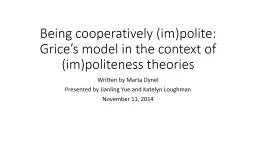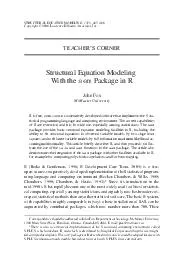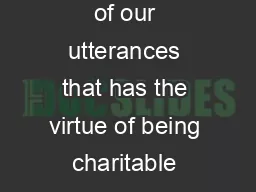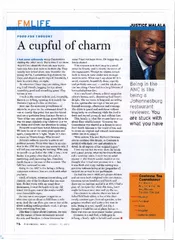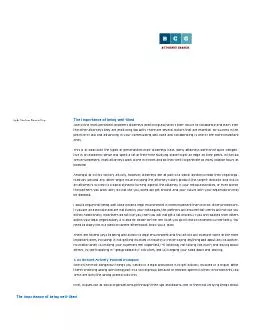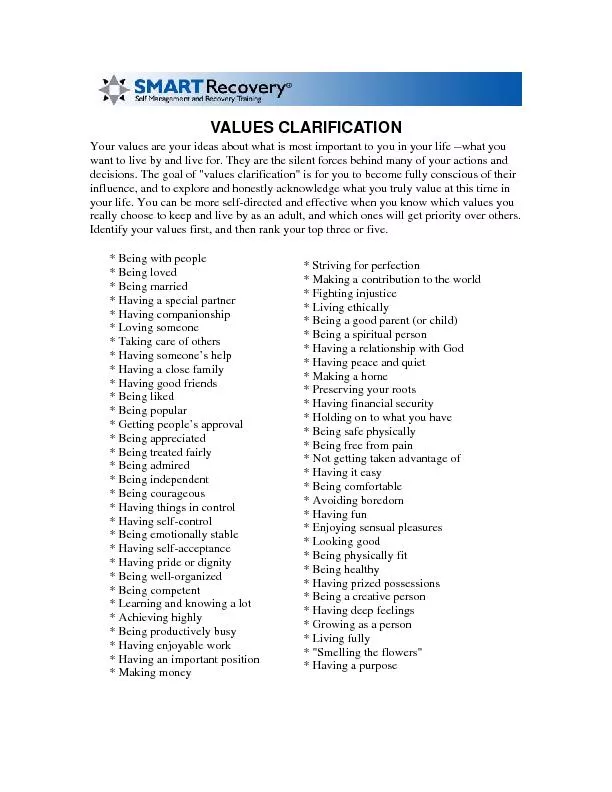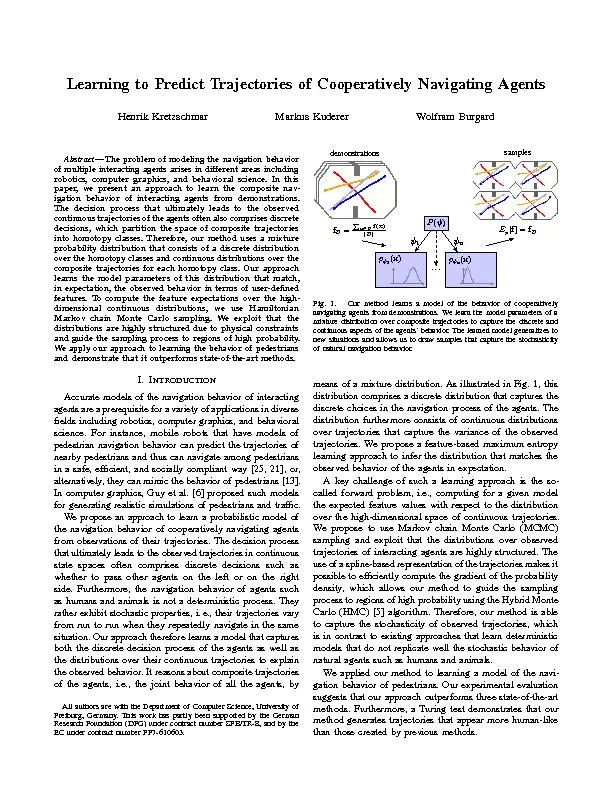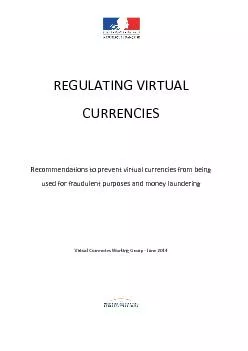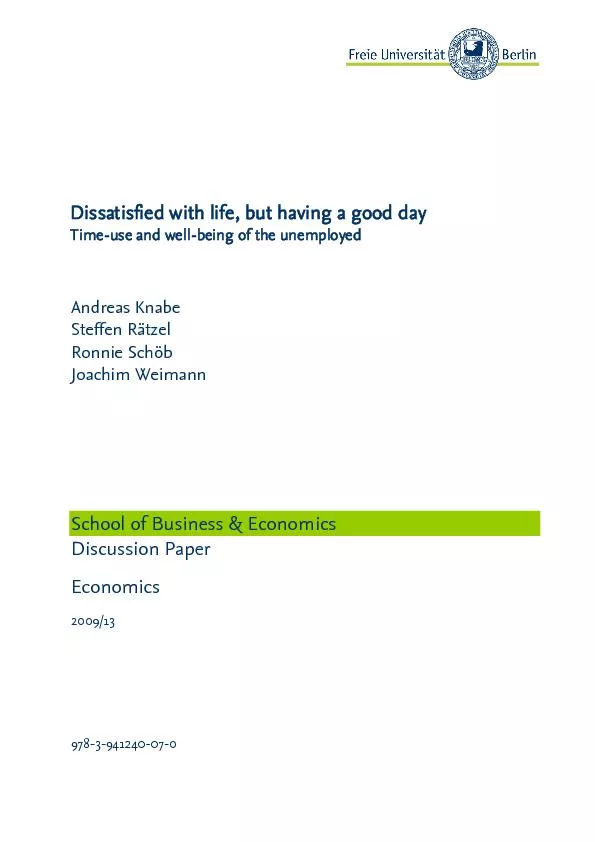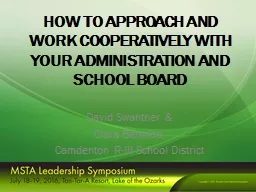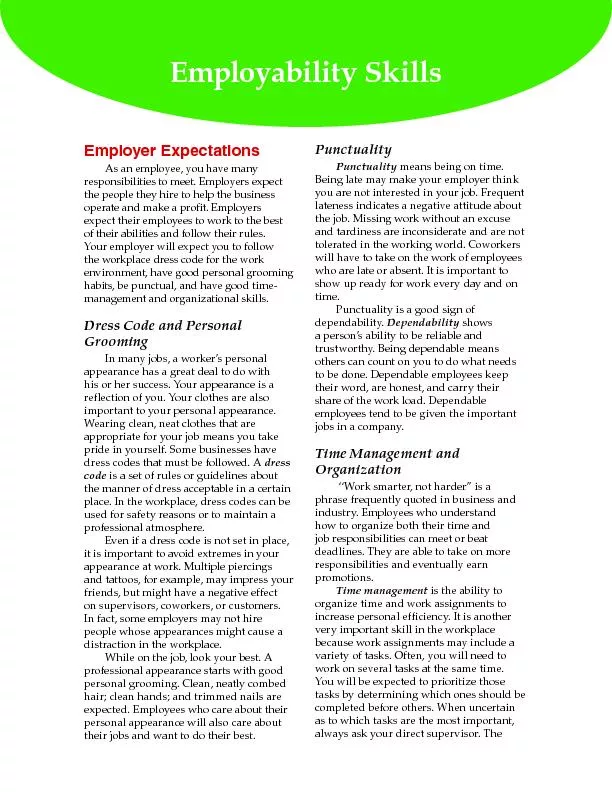PPT-Being cooperatively (
Author : calandra-battersby | Published Date : 2019-12-17
Being cooperatively im polite Grices model in the context of im politeness theories Written by Marta Dynel Presented by Jianling Yue and Katelyn Loughman November
Presentation Embed Code
Download Presentation
Download Presentation The PPT/PDF document "Being cooperatively (" is the property of its rightful owner. Permission is granted to download and print the materials on this website for personal, non-commercial use only, and to display it on your personal computer provided you do not modify the materials and that you retain all copyright notices contained in the materials. By downloading content from our website, you accept the terms of this agreement.
Being cooperatively (: Transcript
Download Rules Of Document
"Being cooperatively ("The content belongs to its owner. You may download and print it for personal use, without modification, and keep all copyright notices. By downloading, you agree to these terms.
Related Documents

